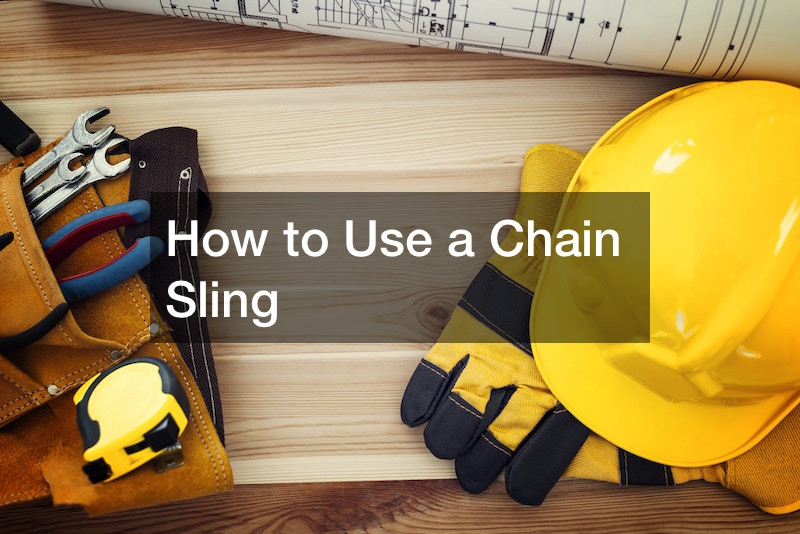
Chain slings, particularly those of alloy steel grade 80, are widely used in offshore installations due to their strength and compliance with regulations. Understanding how to properly use a chain sling is essential for ensuring safety and efficiency in lifting operations.
One significant advantage of alloy steel grade 80 chain slings is their remarkable strength-to-weight ratio. These slings weigh only one third of their high tensile or mild steel counterparts while being virtually maintenance-free.
This makes them an ideal choice for various lifting applications, providing durability and longevity.
When using a chain sling, it is crucial to conduct a visual inspection before each operation. Check for any cracks, deformation, stretching, or loose parts on all components of the chain sling. Remove any twists to ensure optimal performance during lifting. When dealing with multi-leg slings, adjust individual legs to accommodate loads with an offset center of gravity.
Shortening a leg of the chain sling should be done cautiously, never exceeding the sling’s rated weight limit. Proper methods, such as knotting the chain or using a bolt, should be employed for shortening. Additionally, avoid subjecting the chain sling to dynamic or shock loads to prevent damage.
Regular checks are crucial for the longevity and safety of chain slings. Perform daily visual inspections for visible faults in links, hooks, rings, and other attached parts. Conduct a more thorough periodic inspection by a competent person every six months. This involves cleaning the sling, removing twists, and measuring its length. Discard any slings that have been stretched or exhibit faults exceeding ten percent of a link diameter. By following these guidelines, users can maximize the efficiency and safety of their chain sling operations.
.




